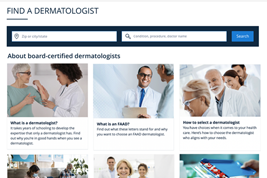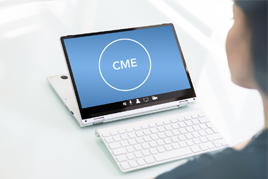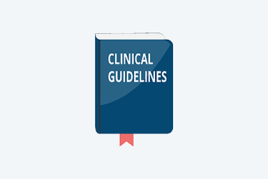Acne clinical guideline
Acne vulgaris is a common skin condition occurring when hair follicles become clogged with oil and dead skin cells, leading to bacterial overgrowth and inflammation. Acne is one of the most common diseases worldwide, affecting 85% of adolescents and often persisting into adulthood. Acne can be associated with the development of permanent scarring, social isolation, depression, and suicidality. Treatment of acne is associated with reduced symptoms of depression.
Acne Resource Center for patients
Are you looking for information on how to treat and manage your acne or your child's acne? The Academy offers a wealth of treatment help for the public in the Acne Resource Center.
Guideline highlights
Recommendations are made in favor of several topical therapies, including:
Benzoyl peroxide;
Topical retinoids;
Topical antibiotics;
Clascoterone;
Salicylic acid; and
Azelaic acid
Recommendations are made in favor of several systemic therapies, including:
Doxycycline;
Minocycline;
Sarecycline;
Combined oral contraceptives;
Spironolactone; and
Isotretinoin
The guidelines recommend against adding pneumatic broadband light to adapalene 0.3% gel.
In addition, the guidelines recommend several good clinical practices, including:
Using topical therapies combining multiple mechanisms of action;
Limiting systemic antibiotic use;
Combining systemic antibiotics with benzoyl peroxide and other topical therapies; and
Adjuvant intralesional corticosteroid injections.
The newest guidelines update the 2016 AAD acne guidelines.
View the Academy guidelines disclaimer.
 Find a Dermatologist
Find a Dermatologist
 Member directory
Member directory
 AAD Learning Center
AAD Learning Center
 2026 AAD Annual Meeting
2026 AAD Annual Meeting
 Need coding help?
Need coding help?
 Reduce burdens
Reduce burdens
 Clinical guidelines
Clinical guidelines
 Why use AAD measures?
Why use AAD measures?
 Latest news
Latest news
 New insights
New insights
 Physician wellness
Physician wellness
 Joining or selling a practice?
Joining or selling a practice?
 Promote the specialty
Promote the specialty
 Advocacy priorities
Advocacy priorities
